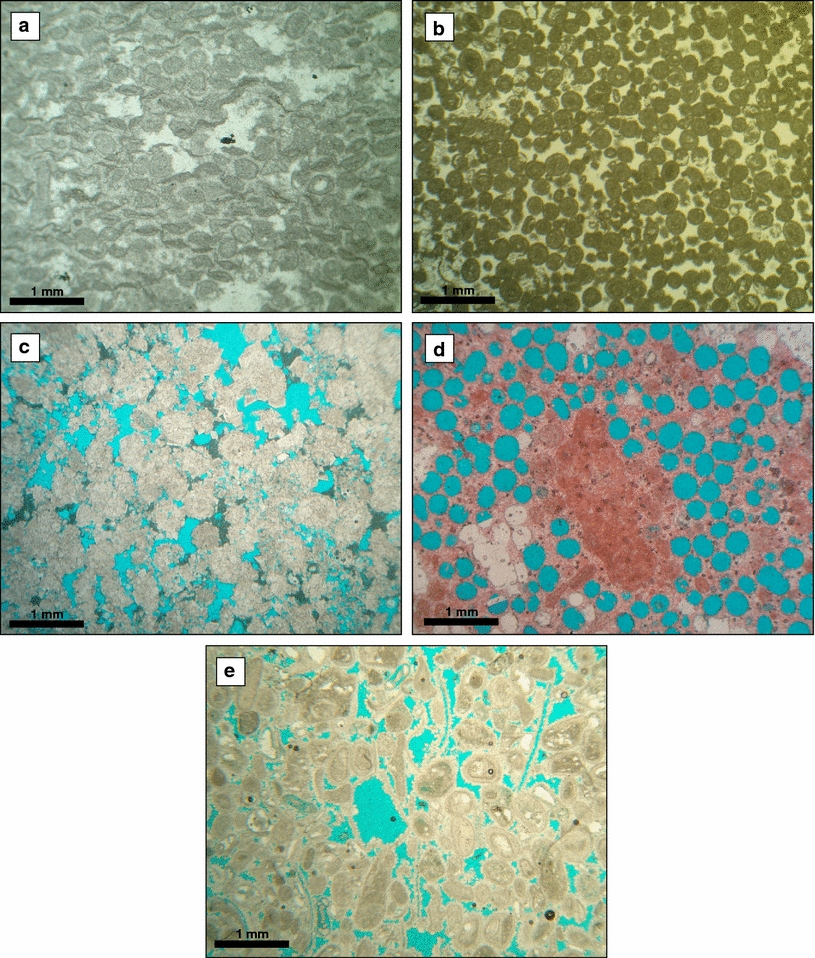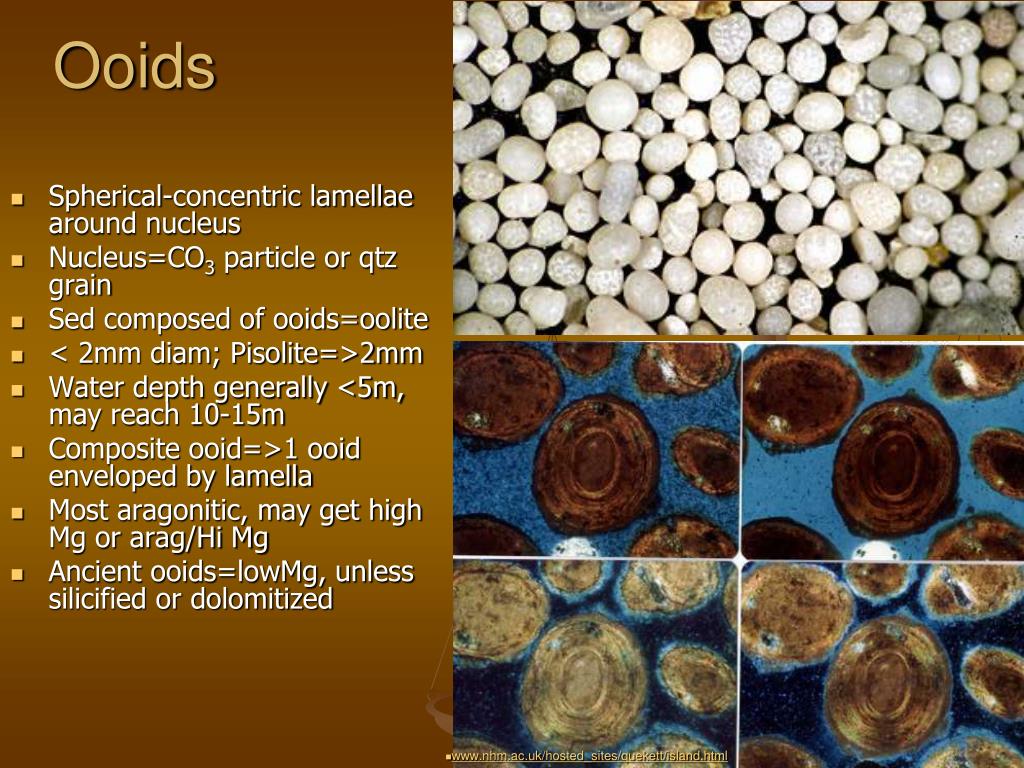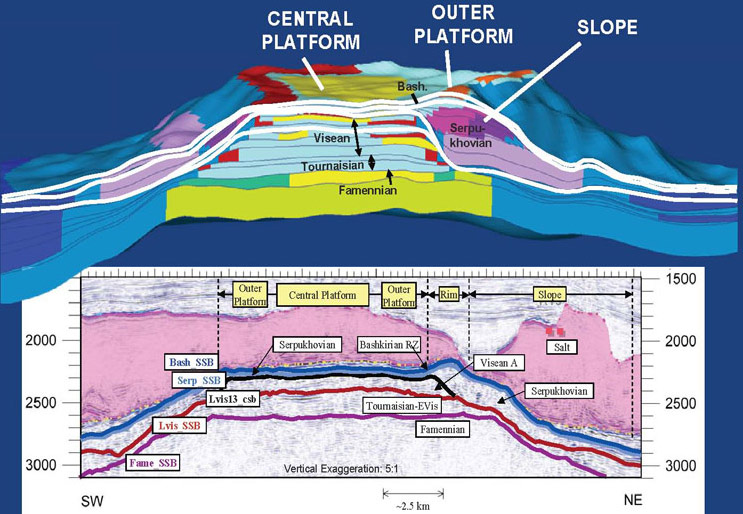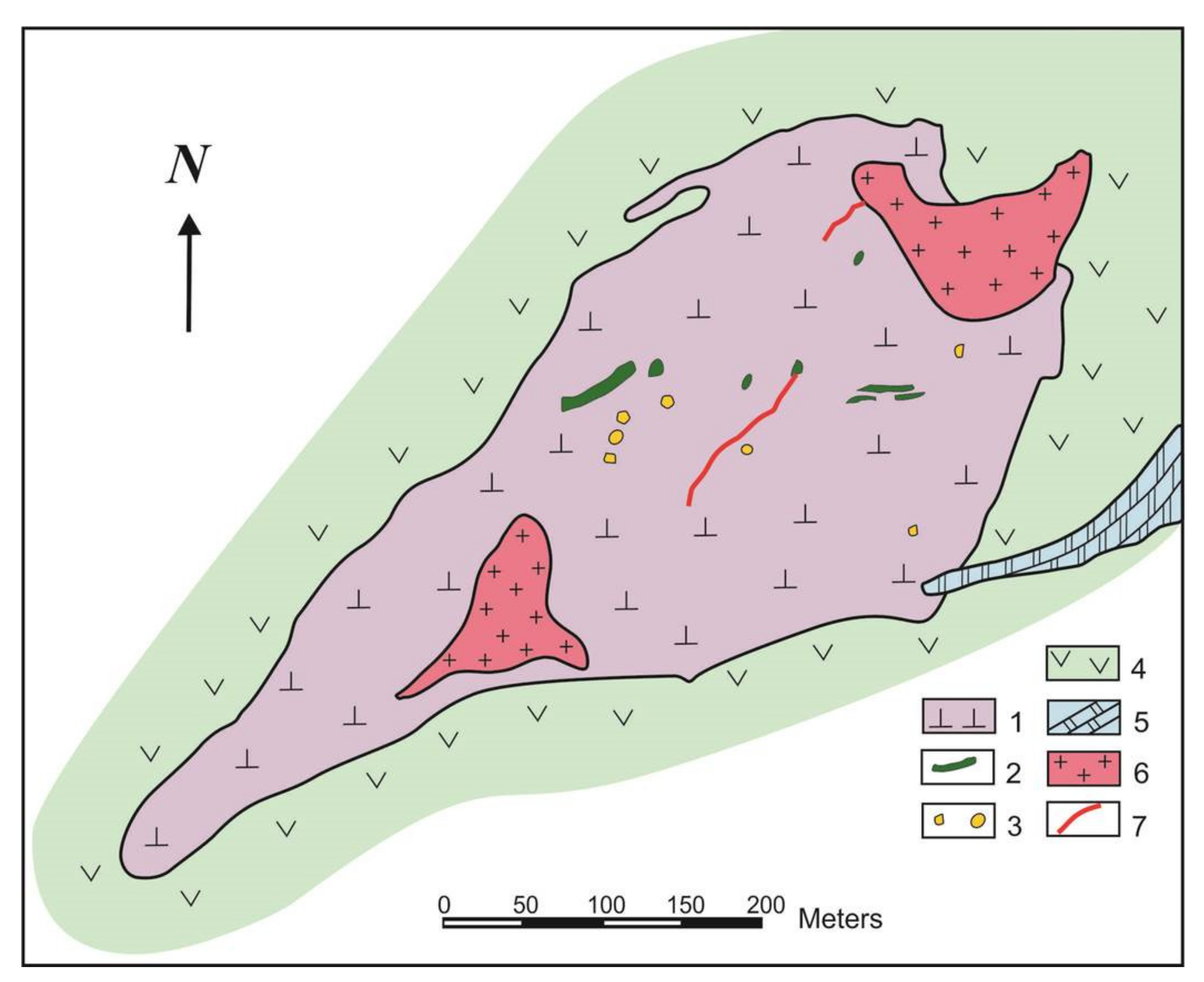
All these features result from the interplay of factors influencing the early evolution of carbonate environments, including tectonic regime, climate, palaeobathymetry, biological assemblages, seawater chemistry and sediment production (Read 1985 Burchette and Wright 1992 Pomar 2001 Pomar and Hallock 2008). Therefore, in addition to reconstructing later diagenetic and tectonic overprints, understanding and predicting reservoir properties requires understanding the carbonate depositional systems themselves, including characterising their vertical and lateral facies transitions, sedimentary stacking patterns and depositional morphologies (Read 1985 Burchette and Wright 1992 Ruf and Aigner 2004 Borkhataria et al. The present-day rock-matrix properties of such reservoirs are largely determined by inheritance from the initial sedimentary and early diagenetic systems. Overall, the paucity of porous shoal facies, unlike in southern Germany, has resulted in poor primary reservoir properties in the Upper Muschelkalk of Switzerland.Ĭarbonate sedimentary rocks commonly offer potential as aquifers for groundwater and as reservoirs for hydrocarbons, gas-storage and geothermal energy. Shortly thereafter the top of the Upper Muschelkalk was dolomitized by brines from an overlying hypersaline environment that was later removed by a basin-wide erosive event. At the top of the Upper Muschelkalk, back-shoal sediments give way to coastal sabkha facies, which were overlain by oolitic shoals during a marine transgression. Mid-ramp deposits pass upwards to prograding shelly shoals, which sheltered a back-shoal lagoon containing patchy oolitic shoals. Lateral tempestite correlations indicate that Switzerland lay within an open-marine, mid-ramp environment during almost half of the depositional history. Subsequently, tempestites were deposited up to and after the basin-wide maximum flooding surface.

During the 3rd-order transgression, crinoidal bioherms developed across Switzerland followed by deep-ramp environments.

Our facies analyses of nine boreholes across northern Switzerland reveal 12 lithofacies, eight lithofacies associations and four types of metre-scale 5th-order cycles corresponding to at least 23 short orbital eccentricity cycles. The Upper Muschelkalk represents the deposits of a storm-dominated, homoclinal carbonate ramp, developed during a basin-wide 3rd-order transgressive–regressive cycle.

Although well studied elsewhere, the Swiss Upper Muschelkalk has received little attention despite containing the southern-most deposits of the Central European Basin. Characterizing facies in such strata aids prediction of reservoir properties in unexplored areas. Open the file with a text editor to make changes.Subsurface sedimentary strata in northern Switzerland, such as the Middle Triassic Upper Muschelkalk, are attracting interest as potential reservoirs for CO 2 sequestration and for geothermal energy production.

The defaults file will be in your home folder (usually C:\Documents and Settings\your username) under the following path:
OOLITE DEPOSITIONAL ENVIRONMENT MAC OS
On Mac OS X, your defaults are saved in the following location in your home folder:


 0 kommentar(er)
0 kommentar(er)
